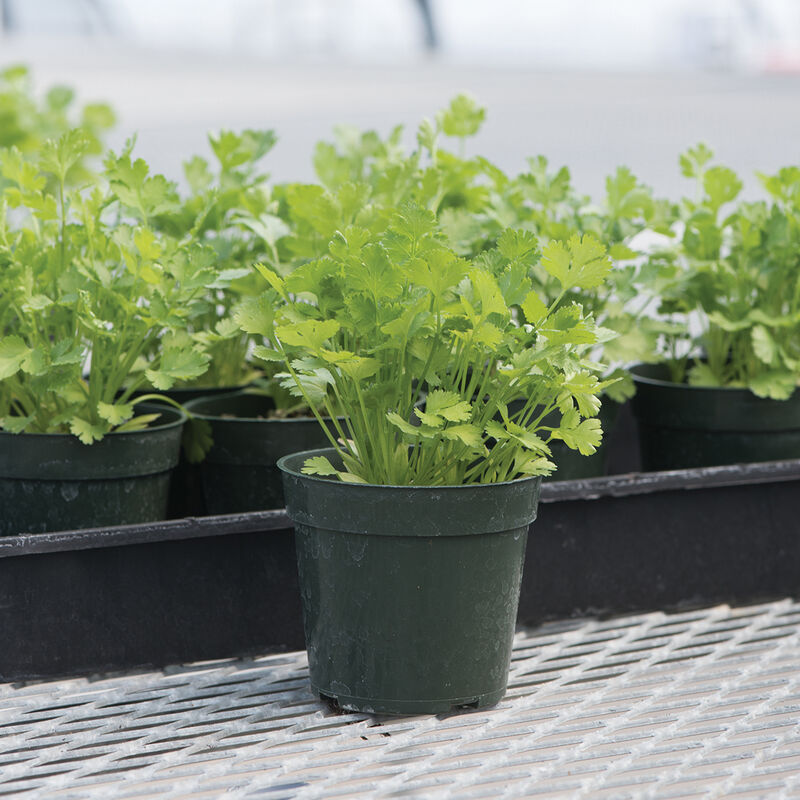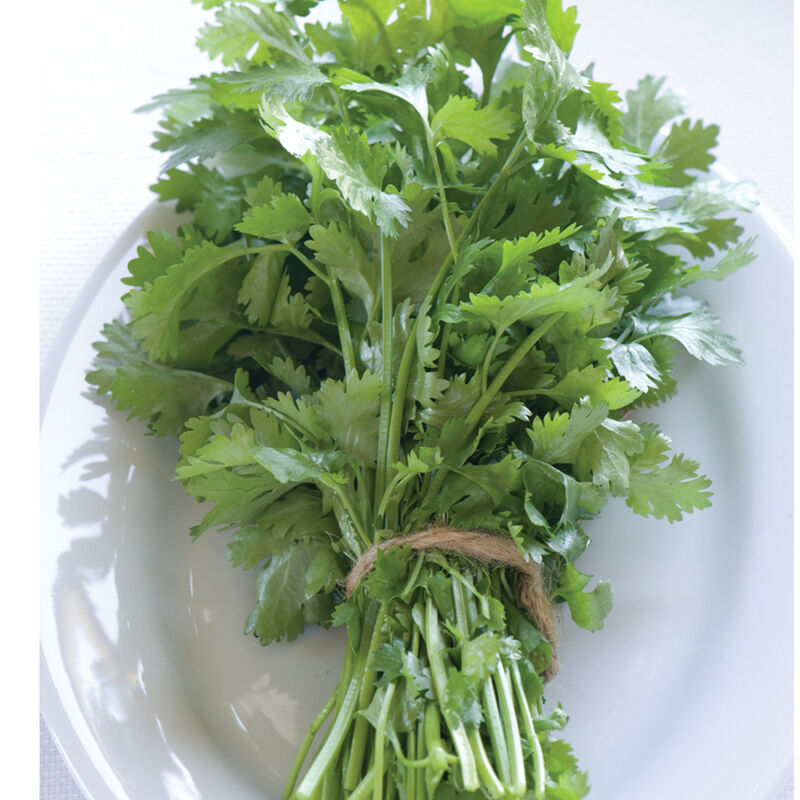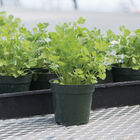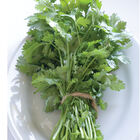Santo Cilantro/Coriander Seed
Santo Cilantro/Coriander Seed
Standard cilantro.
Santo is a slow-bolting selection grown for its leaves. Like the leaves and seeds, the flowers are also edible.Specs:
- This product does not ship to the following countries: United Arab Emirates, Austria, Australia, Barbados, Belgium, Bulgaria, Bermuda, Bahamas, Switzerland, Cyprus, Czech Republic, Germany, Denmark, Estonia, Spain, Finland, France, United Kingdom, Greece, Hong Kong, Croatia, Hungary, Ireland, Iceland, Italy, Japan, Republic of Korea, Kuwait, Cayman Islands, Lithuania, Luxembourg, Latvia, Malta, Netherlands, Norway, New Zealand, Oman, Poland, Portugal, Qatar, Romania, Saudi Arabia, Sweden, Singapore, Slovenia, Slovakia, San Marino, Thailand, Trinidad and Tobago, Taiwan, Ukraine.
DAYS TO GERMINATION:
7-10 days at 65-70°F (18-21°C)SOWING:
Direct seed (recommended) - Direct seed spring through late summer. Sow 1/4- 1/2" deep, 1/4- 1/2" apart in rows at least 3" apart. For leaf harvest, there is no need to thin, as cilantro continues to grow well even when sown thickly. For coriander seed production, thin to stand 2-4" apart. Successive sowings can be done every 2-3 weeks for continual harvest of leaves.LIGHT PREFERENCE:
Sun. In most locations, bolting is likely in the heat of midsummer.PLANT HEIGHT:
12-18".PLANT SPACING:
1/4- 1/2".HARDINESS ZONES:
Annual.HARVEST:
Harvestable at every stage. Leaves may be harvested once the plants have become established and before flowering begins. The immature seeds are sweet and fresh and can be harvested after they form on the flowers, until they become brown and dry. Mature seeds are produced about 3 months after planting and are harvested when dry on the plant.SOIL REQUIREMENTS:
Does best in rich, well-drained soil.SCIENTIFIC NAME:
Coriandrum sativumJohnny's is committed to your success, every step of the way.
We want you, our customer, to be 100% satisfied with all of our seeds, tools, and supplies.
If anything you purchase from us proves unsatisfactory, we will either replace the item or refund the purchase price.









